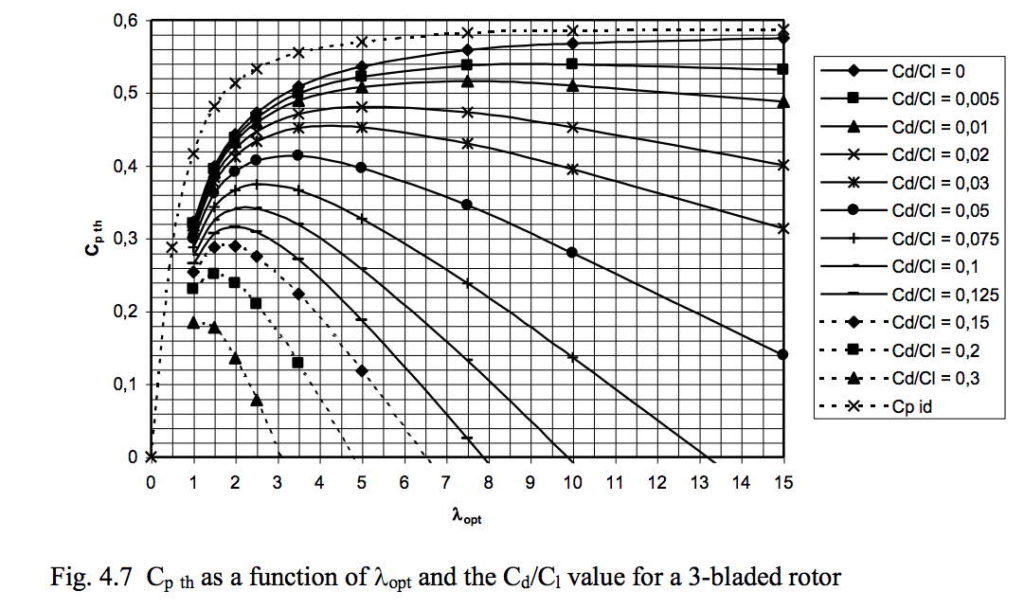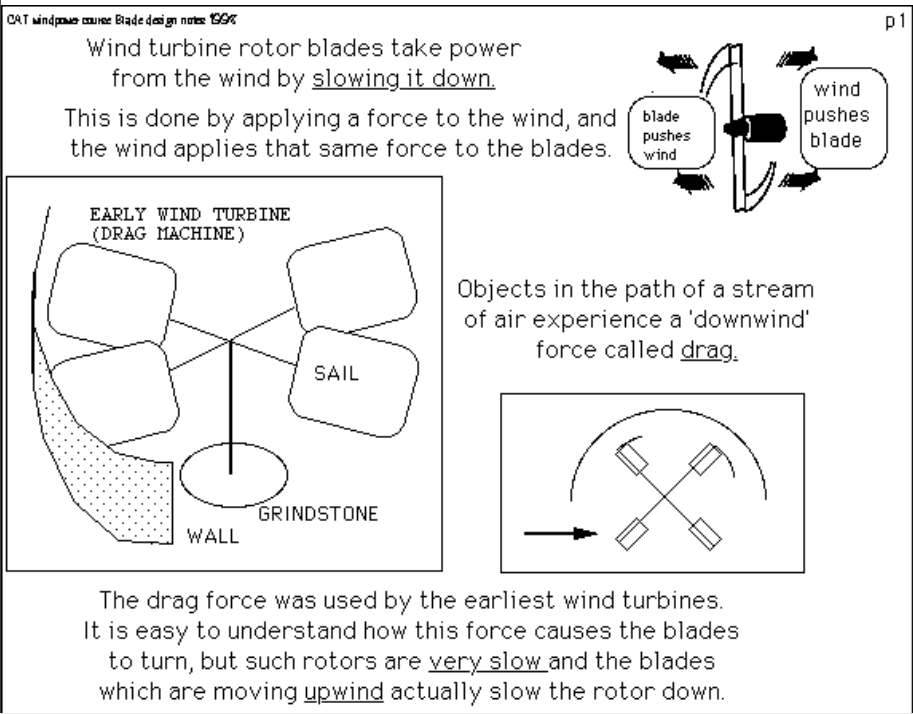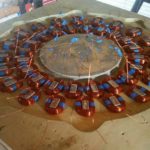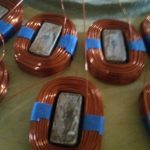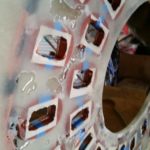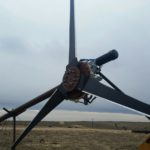If this blog helped you then make a donation
-
Buy a Tristar charge controller (UK only) Logic Energy live widget
Choose a category and view posts
Irish Solar
-
Recent Posts
Recent Comments
- Tina Doherty on All of the books by Hugh (how to get them)
- John on Wiring up a 12-volt stator
- In 2025, are solar water heaters worth it, despite the initial cost? - Online Plumbing Shop on User experience with evacuated tube water heating
- hugh on Choosing your pipe size for a hydro turbine
- Paul Kennedy on Choosing your pipe size for a hydro turbine
Archives
- March 2025
- July 2024
- June 2024
- March 2024
- November 2023
- October 2023
- July 2023
- November 2022
- July 2022
- June 2022
- January 2022
- December 2021
- October 2021
- July 2021
- June 2021
- May 2021
- April 2021
- February 2021
- December 2020
- October 2020
- July 2020
- April 2020
- March 2020
- October 2019
- September 2019
- August 2019
- July 2019
- June 2019
- May 2019
- March 2019
- February 2019
- January 2019
- December 2018
- November 2018
- October 2018
- September 2018
- August 2018
- July 2018
- June 2018
- May 2018
- April 2018
- March 2018
- February 2018
- January 2018
- December 2017
- November 2017
- October 2017
- August 2017
- July 2017
- June 2017
- May 2017
- April 2017
- March 2017
- February 2017
- January 2017
- December 2016
- November 2016
- October 2016
- September 2016
- August 2016
- July 2016
- April 2016
- January 2016
- December 2015
- November 2015
- October 2015
- September 2015
- August 2015
- July 2015
- June 2015
- May 2015
- April 2015
- March 2015
- February 2015
- January 2015
- December 2014
- November 2014
- October 2014
- September 2014
- August 2014
- July 2014
- June 2014
- May 2014
- April 2014
- March 2014
- February 2014
- January 2014
- December 2013
- November 2013
- October 2013
- September 2013
- August 2013
- June 2013
- May 2013
- April 2013
- March 2013
- February 2013
- January 2013
- December 2012
- November 2012
- October 2012
- September 2012
- August 2012
- July 2012
- June 2012
- May 2012
- April 2012
- March 2012
- February 2012
- January 2012
- December 2011
- November 2011
- October 2011
- September 2011
- August 2011
- July 2011
- June 2011
- May 2011
- April 2011
- March 2011
- February 2011
- January 2011
- December 2010
- November 2010
- October 2010
- September 2010
- August 2010
- July 2010
- June 2010
- May 2010
- April 2010
- March 2010
- February 2010
- January 2010
- December 2009
Categories
- Adriaan Kragten
- Books
- CometME
- construction
- courses
- developing world
- Diversion load control
- ferrite magnets
- France
- hydro
- my own projects
- Notices
- pedal power
- People
- performance
- power curve data
- PowerSpout hydro turbines
- products/technical
- pumping water
- Rooftop madness
- Scoraig
- stuff on offer
- UK small wind scene
- Uncategorized
- Vertical axis wind turbines (VAWTs)
- Video links
- wind systems tutorial
Meta
nice email received:
From: Mike Allen
Subject: Re: A Wind Turbine Recipe Book
Date: 12 April 2013 10:53:18 BST
To: jytteI recieved the book yesterday and when it arrived I thought ‘this isn’t worth £12’.
But how wrong I was once I’d opened the envelope and settled down to read the contents with a cup of coffee. 3 hours later the coffee was stone cold and I was still reading the book.
Loads of info to be getting on with.
I’ll email Hugh when my terbine is up and running with some pics.
Thanks a lot.
Michael.
-
Powerspout documents free to download
Much of my time these days is spent helping people with microhydro projects. I love it. As well as answering emails and phone-calls, I’ve been spending a lot of time helping with the PowerSpout free document library.
Click the links to view the documents. Then click the download symbol to a the top of the screen to download them.
Then click the download symbol to a the top of the screen to download them.
When planning your system, these ones could help you:
You can estimate your site’s generation potential, and even design the whole system painlessly using the online Advanced Calculator Tool. To get the best out of it please read the Hydro design and calculator manual first.
Lots of guides to off-grid system design:
- Charge controller guide
- System wiring guide
- Powershed design guide
- Diversion load guide
- Battery guide
There are lots more documents in the Index. I hope you find them useful. If you aren’t sure about anything just drop me an email and I will help.
Posted in Books, my own projects, PowerSpout hydro turbines
1 Comment
More free design documents from Adriaan Kragten
Adriaan writes
Dear Hugh
I am 71 years old now and in December 2017 I have ended the commercial activities for my engineering office Kragten Design. But I am still active and my website: www.kdwindturbines.nl will be maintained as long as possible. In the first half year of 2018 I have written five new free public KD-reports. Four of these reports give rotor calculations. At the menu “News” on my website you find a short description of the content of each report. At the top of the menu “KD-reports” there is the folder: “List free public KD-reports” and the folder “Sequence of KD-reports for self-study” which, I think, will be of great help for someone who wants to design a wind turbine.
Adriaan Kragten
Thanks Adriaan. This is a wonderful resource for students of wind turbine design. Here is a chart from KD35 showing the relationship between conversion “efficiency” and drag/lift ratio, over a range of tip speed ratios:
Posted in Adriaan Kragten, Books, construction, People
Leave a comment
Off-grid house for sale

My friend Jamie is moving on from his off-grid house so I am posting details. This house is powered by a PowerSpout turbine and a PV array.
Doune
Knoydart, Mallaig, PH41 4PL
Offers Over
£385,000
“No 2 Doune is in a small cluster of houses, one of four private dwellings, overlooking Doune Bay on the Knoydart peninsula. The house is in a spectacular setting, positioned against the hillside and with stunning views over the sheltered bay and the Sound of Sleat to Skye. ” More here.
Posted in People, PowerSpout hydro turbines
Leave a comment
6-day-workshop for a 2F HP Turbine from 23rd to 38th June in Lörrach, Germany
ERNI e.V., www.erni-kollektiv.org together with the Dieter-Kaltenbach-Stiftung conduct a 6-day-workshop for a 2F HP Turbine from 23rd to 38th June in Lörrach, Germany.
Application is available here: https://www.kaltenbach-stiftung.de/kategorien/vhs-kurse/vhs-werken/2688-bau-einer-kleinwindkraftanlage/
Costs: 400€ for all 6 days
Posted in courses
Leave a comment
wire size and current
I got an email question today and it seems important enough to answer with a new post. Here is the question “How many amp of 14,15,17,18 and 20 awg wire for wind turbine. Can you give me any chart? Please!!!!! ”
If you are winding a stator according to my style – about 13mm thick coils with some glass cloth on the faces and plenty of wind blowing past it – then my rule of thumb is about 6A RMS current per sqmm of wire cross section. If the stator is star/wye connected, with a single wire in hand and all coils in series then the DC output will be about 22% higher than the RMS AC current.
The relationship between AC current in each phase and the DC output of the rectifier depends on the waveform. But the simplest way to think of it is to say that each wire carries the full DC current for 2/3 of the time, and is resting for 1/3 of the time. The result is that the rms AC current in each wire is root(2/3) = 0.82 times the DC current. In reality the wires share current some of the time, so the % is very slightly lower in relation to the DC. But this 0.82 is the worst case, and it is very close to the reality usually.
So maximum DC current should be about 1.22 x maximum allowed AC current as in the table.
So here is my answer:
It’s OK if the current surges way above this value in a gust, but this is the maximum sustained current I would design for, as a safe target. Your furling tail should prevent the machine from kicking out more than this on a continuous basis. If output is higher then make the tail lighter to reduce amps.
Posted in Uncategorized
3 Comments
my 1998 blade design notes translated into Russian :-)
I used to teach blade design. I went to Wales to learn (more) about windpower on a course (in about 1989), but the guys there made me teach the session on blade design. They just announced that I would do that class and sat down. That was scary.
I kept on going back down there and helping with the courses for years, and so ten years or so later my blade design lecture got to be recorded in a PDF (which was a pretty novel thing at the time). You can find this PDF on my old website here.
Today I found out that the notes have been translated into Russian. That’s cool 🙂 I love the Russian language although I have not tried to understand it since I was at school. I am glad nobody is asking me to teach blade design in Russian(!), but if they did I would at least have the notes to make a powerpoint for the class.
Posted in Uncategorized
Leave a comment
5-day-workshop for a 2F HP Turbine in Germany
(ERNI e.V., www.erni-kollektiv.org) together with the VHS Braunschweig conduct a 5-day-workshop for a 2F HP Turbine from 14th to 15th May in Braunschweig, Germany.
Application is available here: https://www.vhs-braunschweig.de/die-vhs-braunschweig/kurssuche/kurs/Workshop-zum-Bau-einer-Kleinstwindkraftanlage/nr/BMUB01/bereich/details/
Costs: 70€ for all 5 days
Posted in Uncategorized
Leave a comment
More from Mac in Wyoming
hello again from Wyoming.. The larger wind generator at 45 mph + winds is doing a whooping 150 to 200 amps. 24 volts battery bank.
Maybe would do more, but tail cuts out of wind after 45 or 50 mph winds.
The machine probably does 44 volts at a higher output. Battery bank voltage is 28.2. i guess the loss in the wire is the resistance.
I used the same magnet as you used on your 8ft turbine, 1/2″ x 1 ” x 2″ . And used 40 copper coils, 20 inner coils and 20 outer coils. 17 gauge wire, 150 turns. Resin thickness 3/4″. Inner coils are off set from outer coils, but magnets are in line so to make it smoother turning, and it was. Inner coils are together with 1 neutral ring. And outer coils are isolated from the inner coils with there own Neutral . It seems that the inner coils start to make power a little sooner than the outer coils. Same amount of magnates passing the coils on both inner and outer of the stater, but the inner coils are a little closer together than the outer coils because of diameter. But the volt is not much different, maybe 2 volts. I guess the phase lag is different than the other. But is seems to work good. SO 20 coils are hooked to a neutral and the other 20 coils are hooked to a neutral . 40 WIRES are a lot to hook up to the 20, 10 amp rectifier that are on a aulimum heat sink. I wish i would have used bigger rectifiers but i thought i it was only going to make MAX 120 amps. i was wrong. it makes much more.But thank God that they hold up Ok. With a RPM meter, a little hand held one that i have with a lazer and a sticker you put on it. At 90 rpms it produced 24 volts. Blades seem to work well with the gen. At around 5 mph it is making around 4 or 5 amps. Sometimes it takes 6 mph wind to start the turbine, but sometimes much less like 3mph.
With that much power, i was concerned about heat produced, so designed it so air flow can get through coils for better cooling.
In the middle of coils i used tapped wood block that was waxed, and screw to hold it in place. Then before i poured it, i put tape on top, so resin would not get in there, and leave a hold for more cooling on high out put. The small wood blocks must be tapped and waxed so they can be removed after screw is removed.
Posted in Uncategorized
Leave a comment
Open source design tool for alternators
I got this from Kostas today:
OpenAFPM: An open source software tool for modelling and designing axial flux permanent magnet generators in wind electric systems
Update THERE WILL BE A WEBINAR ON 19th April where you can learn how to use the tool. More information here.
The OpenAFPM modelling tools can be used for designing Axial Flux Permanent Magnet (AFPM) generators for wind electric systems with the use of the open source finite element analysis software ‘Finite Element Method Magnetics’ (FEMM). This series of design tools have been developed by the Rural Electrification Research Group (RurERG), which is part of the Smart RUE (Smart grids Research Unit of the Electrical and Computer Engineering School) of the National Technical University of Athens (NTUA), in order to assist designers and practitioners involved with small scale wind electric systems.

The OpenAFPM tools series consists of three design tools named MagnAFPM, UserAFPM and OptiAFPM. The tool MagnAFPM can be used for designing a generator for a specific set of rotor blades and a specific set of permanent magnet dimensions. The tool UserAFPM can be used to validate the performance of a specific generator geometry by performing a finite element analysis using FEMM. The tool OptiAFPM uses the particle swarm optimization (PSO) to optimize the dimensions of the permanent magnets used in the generator design for a specific set of rotor blades, while minimizing the generator’s efficiency, cost and/or mass.
The creation of the online user interface of the OpenAFPM modeling tools has been supported by WISIONS as part of the project ‘Online Design Tools for Locally Manufactured Small Wind Turbines’.
Follow the link to visit the home page of the OpenAFPM tools and try them out!
Posted in construction, Notices, People
4 Comments


